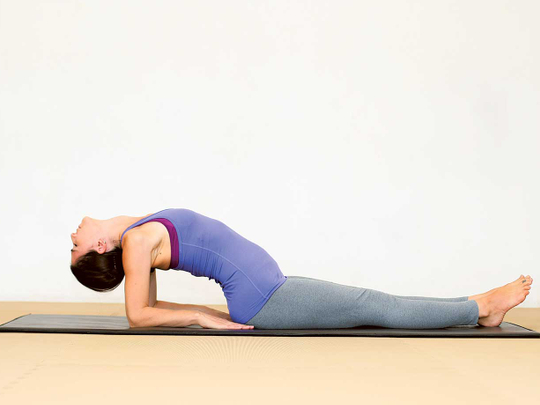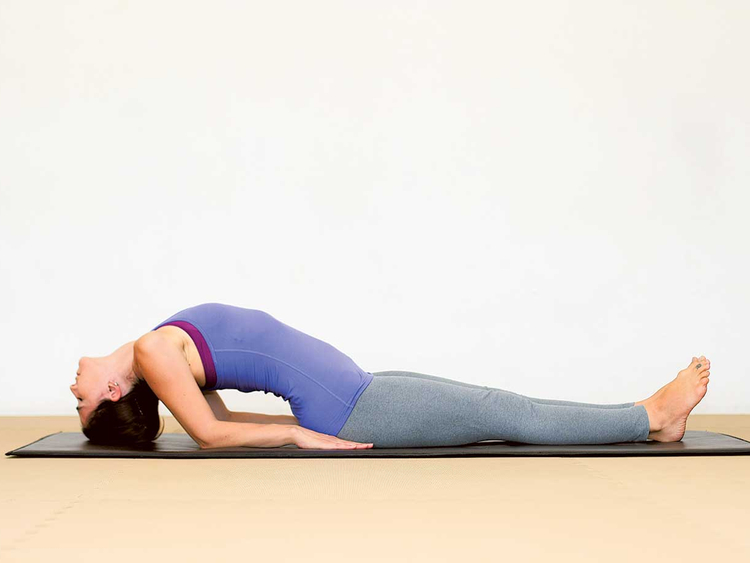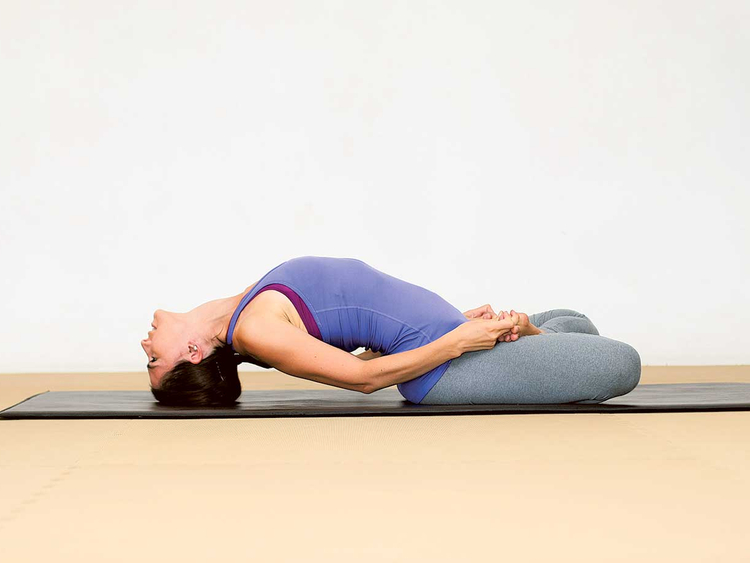
Having understood the ageing process and the advancements made by science in finding ways to arrest or reverse ageing (in the three parts of our series here), let’s look at how yoga can offer the answers to this. Regular practice of yoga, a balanced diet and restful sleep can help slow down the ageing process. These factors are interconnected as yoga is a lifestyle and yogis have researched all aspects of age reversal, health and overall well-being. Let’s understand one aspect at a time.
Food intake and digestion
Yogis have an understanding of the human system in the context of yugas or phases of existence. There are four phases — satya yug (first phase), treta yuga (second phase), dwapar yuga (third phase) and kali yuga (fourth phase). We are living in kali yuga. In sat yuga, prana (life force) was in the navel area, in treta the prana came to the bones, in dwapar it came to the muscles and in kali yuga, the prana resides outside the body — in the food we eat.
Food is essential to survive but there is also a lingering obsession over food today. The obsession may be the love of food or the fear of excess or incorrect eating. Either way it is an important aspect of a healthy or unhealthy lifestyle and plays a huge role in age reversal.
According to the science of yoga, one must eat 50 per cent food, drink 25 per cent water and breathe for the other 25 per cent. That’s the simple diet of yoga. What we generally do is eat 100 per cent, on top of it drink water and then try to breathe. Thus the peristaltic movement of the stomach to digest food slows. With ageing, intestinal peristalsis slows down and problems such as constipation, bloating or gastritis may be experienced. But it is possible to improve or avoid these problems through certain yoga postures and kriyas, or cleansing techniques. One such technique is found below.
Agnisar Kriya
Agnisar kriya stimulates the appetite and removes digestive disorders such as indigestion, hyperacidity, hypoacidity, flatulence, constipation and sluggishness of the liver and kidney.
It massages the abdomen, stimulates the associated nerves and strengthens the abdominal muscles encouraging optimum health of the abdominal organs.
Agnisar kriya also stimulates the prana (life force) and raises energy levels. It can help alleviate depression and lethargy.
Sit in padmasana or any meditative posture and place palms down on the knees.
Breathe in deeply. Lean forward and exhale, emptying the lungs as much as possible.
Contract and expand the abdominal muscles rapidly for as long as it is possible to hold the breath outside comfortably. Do not strain.
Keep the head upright and take a slow, deep breath in. This is one round. Relax for a few seconds before commencing the next round.
Practice 5-6 rounds with 10 abdominal contractions each, preferably in the morning.
Practice of the week
Pictured is a posture that helps increase vitality and youthfulness. Avoid this posture if you suffer from severe neck or shoulder issues. If you are new to yoga, attempt the first pose and remember to practise under the guidance of a teacher.
Next week: Yoga: Understanding age reversal, part 5
















